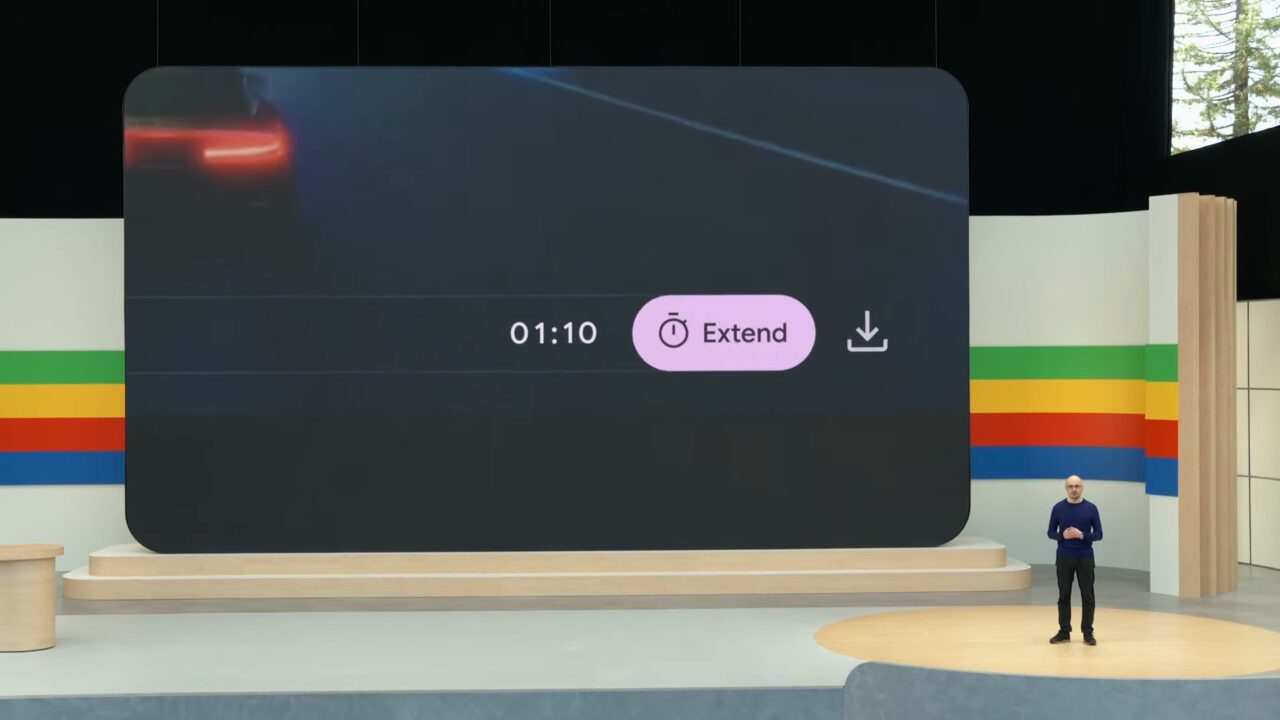Finance Loans 101: Understanding Interest Rates, EMIs, And Tenure

Table of Contents
Decoding Interest Rates in Finance Loans
What are Interest Rates?
Interest rates are the cost of borrowing money. They represent the percentage of the principal loan amount that you'll pay as interest to the lender over the loan's lifespan. A higher interest rate means a more expensive loan, ultimately increasing the total amount you repay. There are two main types: fixed and variable.
- Definition of interest: The fee charged for borrowing money.
- How it's calculated: Interest is usually calculated either as simple interest (on the principal amount only) or compound interest (on the principal and accumulated interest). Compound interest grows exponentially over time.
- Factors influencing interest rates: Your credit score is a major factor. A higher credit score usually qualifies you for a lower interest rate. The loan amount, type of loan (e.g., personal loan, mortgage), and prevailing market conditions also play significant roles.
Example: Let's say you borrow $10,000. With a 5% interest rate, the interest alone could be $500 per year. However, with a 10% interest rate, that jumps to $1000 per year, significantly increasing your overall cost.
Fixed vs. Variable Interest Rates
Choosing between fixed and variable interest rates is a crucial decision when taking out a finance loan.
- Fixed Interest Rates: These rates remain constant throughout the loan tenure. This offers predictability and helps in budgeting. You know exactly how much you'll pay each month.
- Variable Interest Rates: These rates fluctuate based on market conditions. This can lead to lower initial payments, but carries the risk of increased payments if interest rates rise.
| Feature | Fixed Interest Rate | Variable Interest Rate |
|---|---|---|
| Predictability | High | Low |
| Initial Payment | Higher | Potentially Lower |
| Long-Term Cost | Predictable | Unpredictable |
| Risk | Lower | Higher (interest rate fluctuations) |
Understanding EMIs (Equated Monthly Installments) in Your Finance Loan
What is an EMI?
An EMI is a fixed monthly payment you make towards your loan. It covers both the principal (the original loan amount) and the interest. The EMI amount remains constant for the entire loan tenure.
- Components of EMI: Principal and interest.
- EMI Calculation: While the exact formula is complex, it takes into account the loan amount, interest rate, and loan tenure.
- Factors affecting EMI amount: A larger loan amount, higher interest rate, or longer tenure results in a higher EMI.
You can use a simple online EMI calculator (like [link to a reputable EMI calculator]) to determine your monthly payments.
Managing Your EMIs Effectively
Effective EMI management is vital for avoiding financial strain.
- Creating a Budget: Track income and expenses meticulously to ensure sufficient funds for EMIs.
- Tracking Expenses: Identify areas where you can reduce spending to free up funds for loan repayments.
- Debt Consolidation: Explore debt consolidation options to potentially lower your interest rate and simplify repayments.
- Consequences of Missed Payments: Missed payments severely damage your credit score and can lead to penalties and legal action.
The Role of Loan Tenure in Finance Loans
What is Loan Tenure?
Loan tenure refers to the repayment period of your finance loan, typically expressed in months or years.
- Impact on EMIs: A longer tenure means smaller EMIs, but you'll pay more interest overall. A shorter tenure means larger EMIs, but you'll pay less interest in the long run.
- Trade-off between shorter and longer tenures: Consider your budget and financial goals. A shorter tenure saves on interest but demands higher monthly payments. A longer tenure offers lower monthly payments but costs more in total interest.
Example: A $20,000 loan over 5 years will have larger EMIs than the same loan spread over 10 years. However, the 10-year loan will cost significantly more in total interest.
Choosing the Right Loan Tenure
Choosing the right loan tenure is a critical decision.
- Affordability: Select a tenure that aligns with your monthly budget and ensures comfortable EMI payments.
- Long-Term Financial Goals: Consider how the loan will impact your future financial plans.
- Interest Rate Fluctuations: If you anticipate interest rate increases, a shorter tenure might be preferable to lock in lower rates for a shorter period.
- Amortization Schedule: Use an amortization schedule to visualize how your principal and interest payments change over time.
Conclusion
This guide provided a foundational understanding of key concepts related to finance loans: interest rates, EMIs, and loan tenure. By understanding these elements, you're better equipped to navigate the complexities of securing a finance loan and making responsible financial choices. Remember to carefully compare offers from different lenders, considering the total cost of the loan, before committing to any finance loan. Start your research now and find the best finance loan that fits your financial needs!

Featured Posts
-
 Arsenals Transfer Target Rodrygos Potential Move From Real Madrid
May 28, 2025
Arsenals Transfer Target Rodrygos Potential Move From Real Madrid
May 28, 2025 -
 Cek Cuaca Jawa Tengah Besok 23 April Potensi Hujan Guyur
May 28, 2025
Cek Cuaca Jawa Tengah Besok 23 April Potensi Hujan Guyur
May 28, 2025 -
 Exploring Nintendos Risk Averse Strategy In A Changing Market
May 28, 2025
Exploring Nintendos Risk Averse Strategy In A Changing Market
May 28, 2025 -
 Google Veo 3 A Comprehensive Review Of Its Ai Video Generation Features
May 28, 2025
Google Veo 3 A Comprehensive Review Of Its Ai Video Generation Features
May 28, 2025 -
 Manchester United Outpaces Liverpool For Rayan Cherki Signing
May 28, 2025
Manchester United Outpaces Liverpool For Rayan Cherki Signing
May 28, 2025
